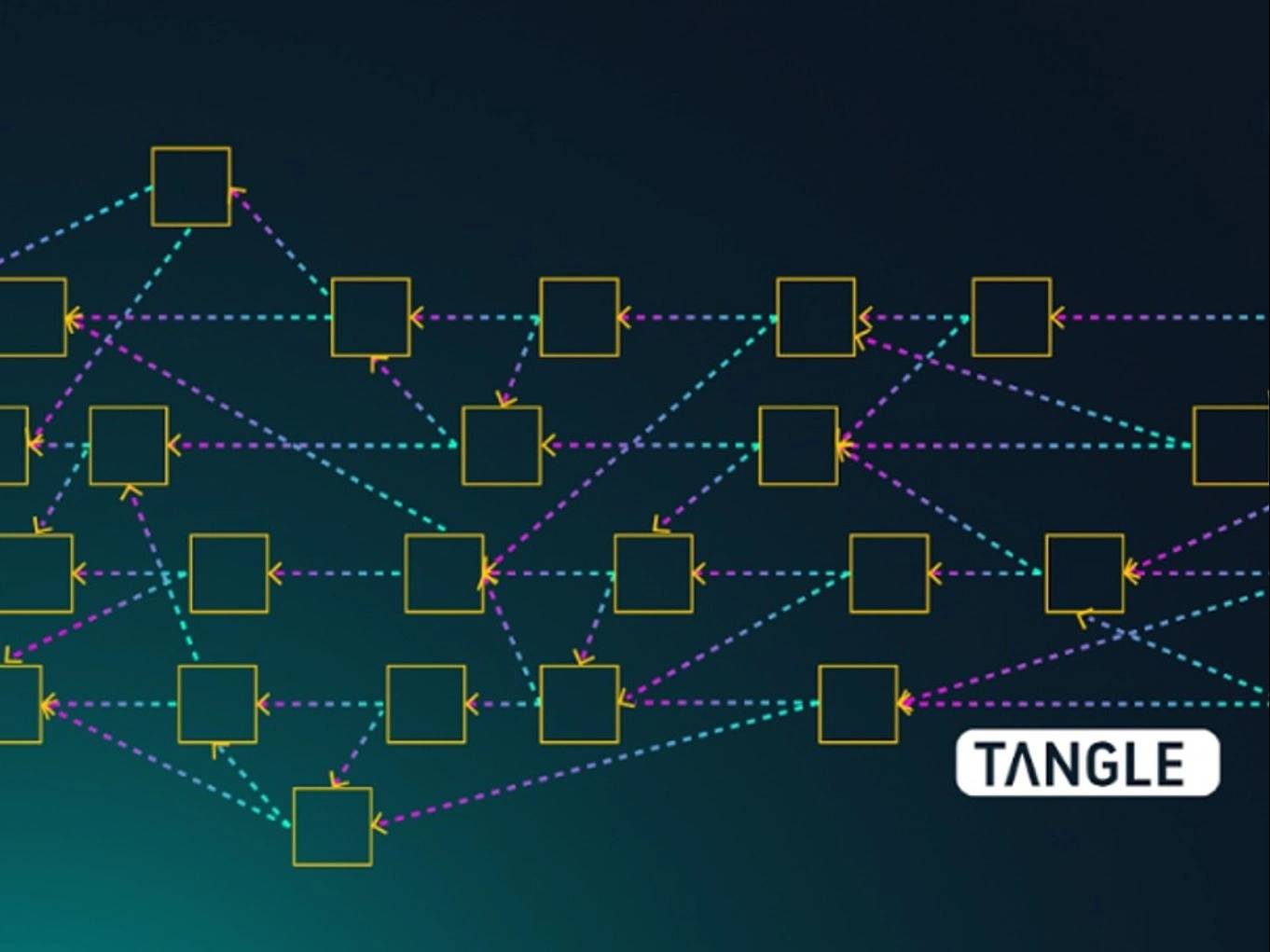위키 구독하기
Share wiki
Bookmark
The Tangle
에이전트 토큰화 플랫폼 (ATP):에이전트 개발 키트(ADK)로 자율 에이전트 구축
The Tangle
**탱글(The Tangle)**은 이오타(IOTA)의 기반 기술로, 비순환 방향 그래프(DAG) 구조를 특징으로 합니다. 기존의 블록체인처럼 트랜잭션이 블록으로 그룹화되어 선형적으로 순차 처리되는 것이 아니라, 이오타의 트랜잭션은 웹과 같은 구조로 상호 연결됩니다. [1][2]
개요
탱글은 이오타의 비순환 방향 그래프(DAG) 기반 트랜잭션 결제 및 사물 인터넷(IoT)을 위한 데이터 무결성 계층을 설명하는 데 사용되는 명칭입니다. 본질적으로 분산된 노드 네트워크에 저장되는 개별 트랜잭션의 연속입니다. [1]
이오타(IOTA)의 백서(whitepaper)에서 탱글은 블록체인 기술의 후속 기술로 설명됩니다.
“탱글은 블록체인의 다음 진화 단계로서 자연스럽게 계승되며, 머신-투-머신 마이크로페이먼트 시스템을 구축하는 데 필요한 기능을 제공합니다.”[2][3]
탱글 네트워크에는 사용자로서의 채굴자(miners)가 없습니다. 대신 각 트랜잭션은 네트워크에 제출된 이전 트랜잭션을 검증하는 계산 작업 증명(proof of work)(PoW)을 수행하여 검증됩니다. [1]
탱글은 현재 블록체인 시스템에 존재하는 이질성을 제거하여 네트워크의 확장성을 허용함으로써 상호 연결된 IoT 장치의 글로벌 마이크로페이먼트 네트워크를 용이하게 하도록 특별히 설계되었습니다. [1]
"시스템에는 트랜잭션을 발행하는 참여자와 트랜잭션을 승인하는 참여자의 두 가지 유형이 있습니다. 이 시스템의 설계는 일부 참여자의 불가피한 차별을 만들어내며, 이는 차례로 모든 요소가 자원을 분쟁 해결에 사용하게 만드는 갈등을 야기합니다.
앞서 언급한 문제는 비트코인과 다른 많은 암호화폐의 기반인 블록체인 기술과 본질적으로 다른 솔루션을 찾아야 할 필요성을 정당화합니다." - 백서에서 언급 [2]
블록이 없는 탱글의 설계는 즉각적인 트랜잭션 검증을 허용합니다. 트랜잭션은 병렬로 처리되어 거의 즉각적인 확인으로 이어집니다. 이 시스템에서 각 새로운 트랜잭션은 두 개의 이전 트랜잭션을 확인하여 분산되고 확장 가능한 네트워크를 보장합니다. [3][4]

잘못된 내용이 있나요?
